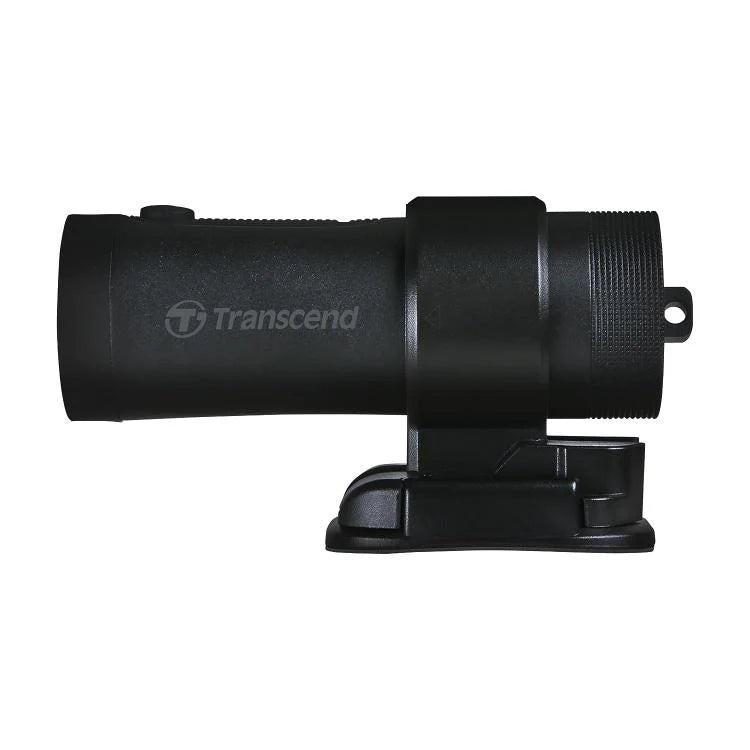The development of bike cameras has been a revolutionary journey characterized by significant technological progress, enhancing safety and convenience for cyclists. Initially designed primarily for recording rides rather than ensuring safety, these devices were bulky, heavy, and offered limited video resolution. They were commonly mounted on handlebars or helmets using basic brackets, often resulting in shaky footage due to inadequate image stabilization.
However, with technological advancements, bike dash cam have undergone substantial improvements in size, design, and functionality. Manufacturers have focused on reducing bulk and weight, introducing more compact and streamlined designs that minimize interference during rides. Enhanced shock absorption and weatherproofing have also been incorporated to ensure durability and reliability across various cycling conditions.
A pivotal advancement in bike riding camera evolution has been the enhancement of video quality. Early models recorded in standard definition, but modern versions now feature high-definition (HD) and even 4K resolution capabilities. This upgrade allows cyclists to capture clearer, more detailed footage, essential for recreational use and legal documentation in incidents.
Additionally, the integration of connectivity features has transformed bike cameras. Many contemporary models now include Wi-Fi or Bluetooth connectivity, enabling seamless transfer of footage to smartphones or other devices. This functionality simplifies sharing on social media, storing footage for later review, or accessing recordings swiftly in emergencies.
Battery technology has also played a crucial role in advancing bike cameras. Early models often suffered from short battery life, limiting recording duration. Today, significant improvements in battery efficiency have greatly extended recording times, catering to cyclists on long rides or bikepacking expeditions.
Modern bike cameras boast a variety of sophisticated features aimed at improving user experience and safety. These include image stabilization to reduce vibrations, wide-angle lenses for a broader field of view, GPS tracking for overlaying routes and tracking data, and loop recording to manage storage efficiently by overwriting old footage with new recordings.
Furthermore, advanced bike cameras now integrate with safety systems like collision detection and automatic incident recording. These systems can detect sudden impacts or changes in velocity, automatically preserving footage before and after an incident for crucial evidence in insurance claims or legal proceedings.
Looking forward, the evolution of bike cameras is set to continue with advancements in artificial intelligence (AI) for smarter recording and analysis. Further miniaturization is expected to result in lighter, more discreet designs, while improved connectivity options will enable seamless integration with other cycling accessories and smart devices.
In conclusion, the transformation of bike cameras from their early iterations to sophisticated tools featuring high-definition video, advanced functionalities, and seamless connectivity highlights their growing importance in modern cycling. These devices not only enhance safety and documentation but also enrich the overall cycling experience for enthusiasts worldwide.
CAMSTORE Blogs
best dash cam for car in India 2025 - AEION GPS Tracking Dashcam
Best VAHAN VUE Car Power Inverter/Laptop Charger
Which is the No. 1 Body camera? Transcend Body 30
LightFORCE Striker 170mm Halogen Auxiliary Fog Lights – Powerful Auxiliary Lights for Cars
The Evolution of Dash Cameras: From Basic to Advanced.
